It's almost impossible to discuss a specific furniture or architecture
style in just one post. Eastlake is one such movement.
Possibly begun as a backlash to more ornate Victorian designs, Eastlake might be one of the least known furniture movements of the last 200 years.
Introduced by British architect and furniture designer Charles Locke Eastlake (1836-1906), the intricate designs quickly caught on with Americans in the 1870s. Eastlake's work had a profound influence on our Empire furniture designs of the Craftsman style in the early 1900s.



A traditional Victorian dresser . . . .
. . . . . compared to an Eastlake dresser:

Although there aren't many photos available of Eastlake projects, today's
Before and After Friday is devoted to this unique and charming style.
The intricate carving is much more pronounced
after the wood was stripped and cleaned.
Before After

Before After

Home Workshop
As fresh as this update is I have a hard
time with painting such beautiful wood.
I'm just not sure I'm on board with painting this majestic bed:
Before

As fresh as this update is I have a hard
time with painting such beautiful wood.
I'm just not sure I'm on board with painting this majestic bed:
Before

After:

Blue Roof Cabin
I definitely love the fabric, though.
Call me a traditionalist but I prefer the 'before':
Before After
The Eastlake rocker, below, was restored to it's former beauty:
Before After


Simply Chic Treasures
The Victorians favored velvet but the reupholstered
fabric, below, seems more appropriate:
Jolene Smith Interiors
Although I don't have the before photo for this
chair, the new fabric just doesn't seem right:



Which of these fabrics do you prefer?
Before After


Stitch a Wish Design
An Eastlake divan was painted and reupholstered:
Source
An upholsterer/furniture refinisher experimented with an Eastlake settee,
showing how two different fabrics and stains would look on the same piece:

Brand Launcher
Which side do you like?
Original velvet on the left, contemporary fabric on the right:

Christa Pirl Furniture
Though not classically Eastlake, this antique
rocker retains some of the period's influence:
Before After


Alchemy Fine Living
Here's another rocker going through the upholstery process:

Rowlands Upholstery
As photography became more affordable in the late 1800s,
you'll find examples of Eastlake furniture used as props.


Have a great Friday and enjoy the weekend!
I definitely love the fabric, though.
Call me a traditionalist but I prefer the 'before':
Before After
The Eastlake rocker, below, was restored to it's former beauty:
Before After


Simply Chic Treasures
The Victorians favored velvet but the reupholstered
fabric, below, seems more appropriate:
Jolene Smith Interiors
Although I don't have the before photo for this
chair, the new fabric just doesn't seem right:



Which of these fabrics do you prefer?
Before After


Stitch a Wish Design
An Eastlake divan was painted and reupholstered:
Source
An upholsterer/furniture refinisher experimented with an Eastlake settee,
showing how two different fabrics and stains would look on the same piece:

Brand Launcher
Which side do you like?
Original velvet on the left, contemporary fabric on the right:

Christa Pirl Furniture
Though not classically Eastlake, this antique
rocker retains some of the period's influence:
Before After


Alchemy Fine Living
Here's another rocker going through the upholstery process:

Rowlands Upholstery
As photography became more affordable in the late 1800s,
you'll find examples of Eastlake furniture used as props.


Have a great Friday and enjoy the weekend!

.jpg)
.jpg)
.jpg)
.jpg)
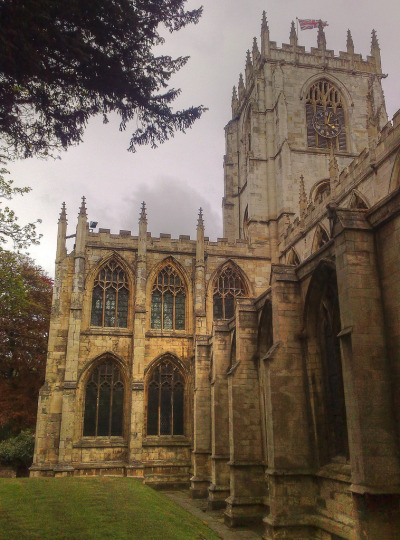





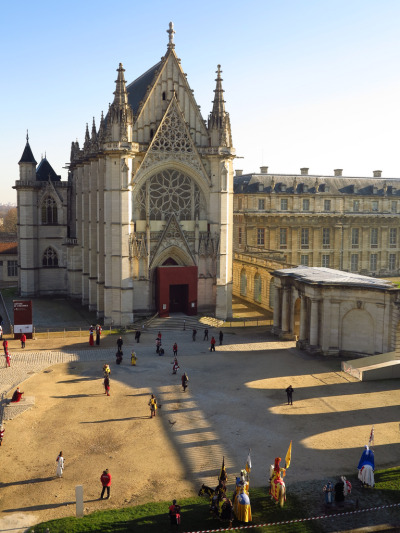
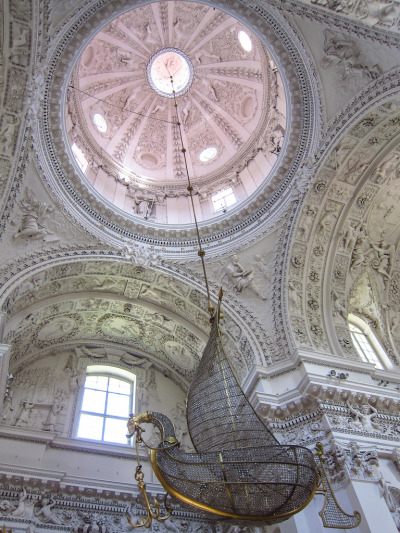
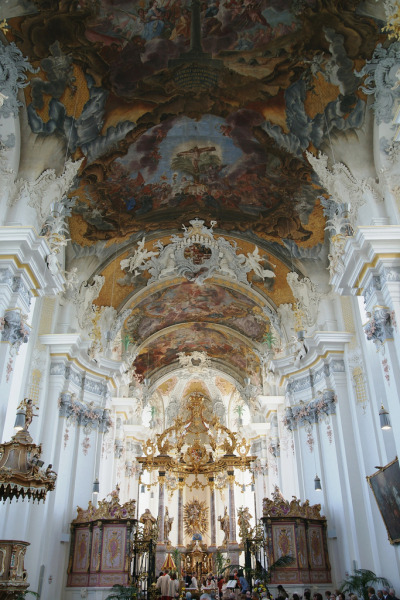
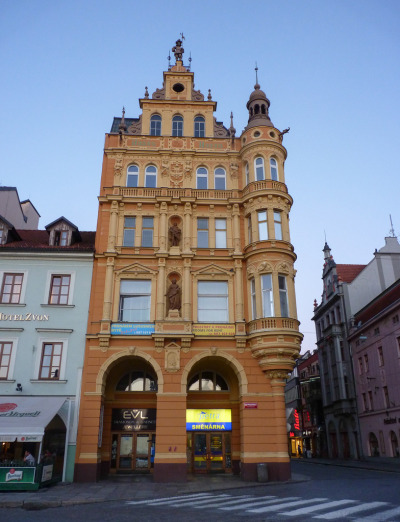

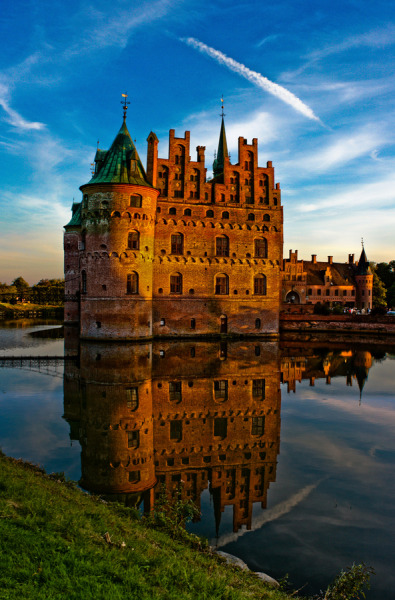
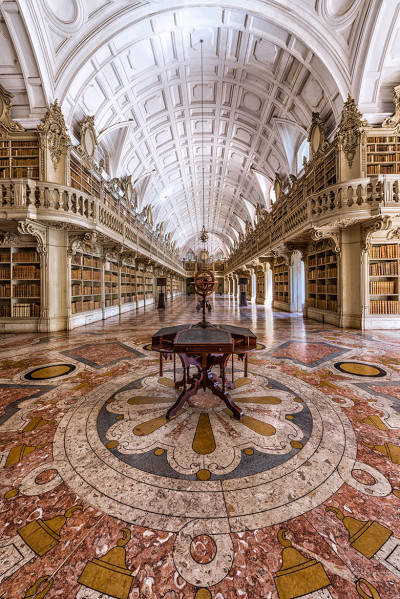
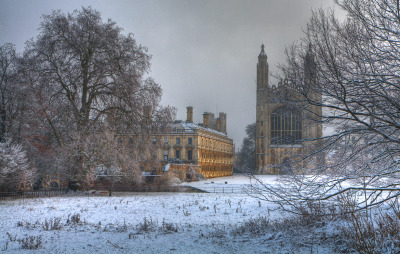
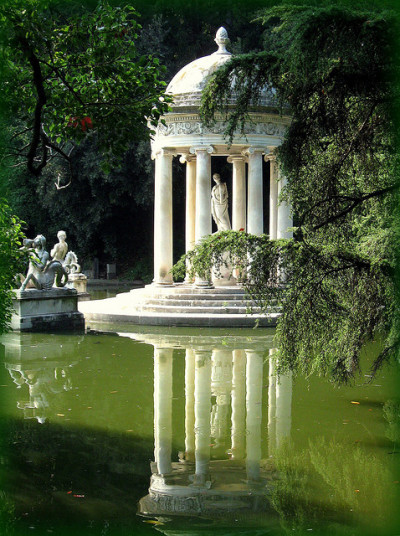

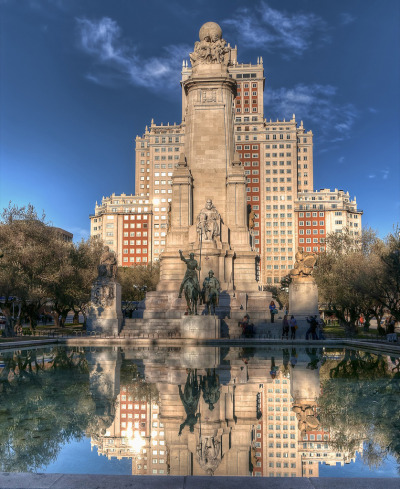
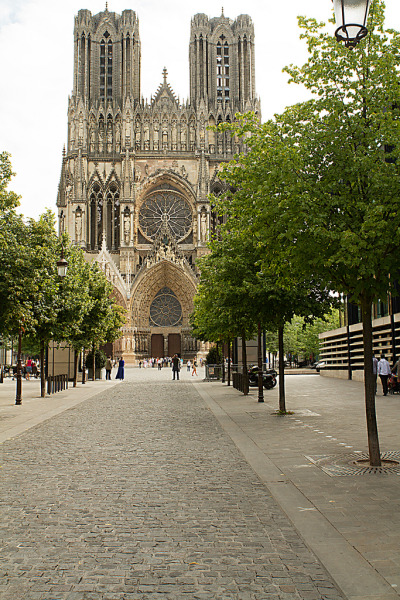

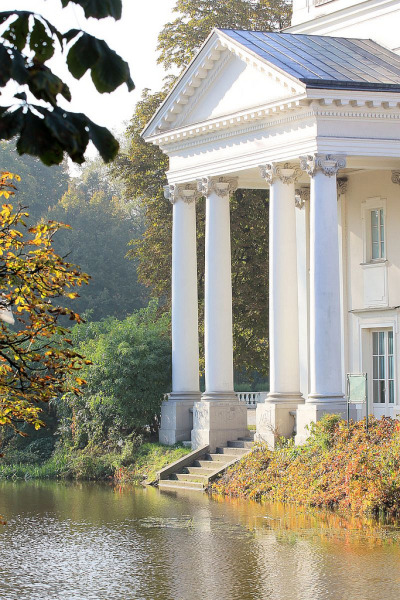

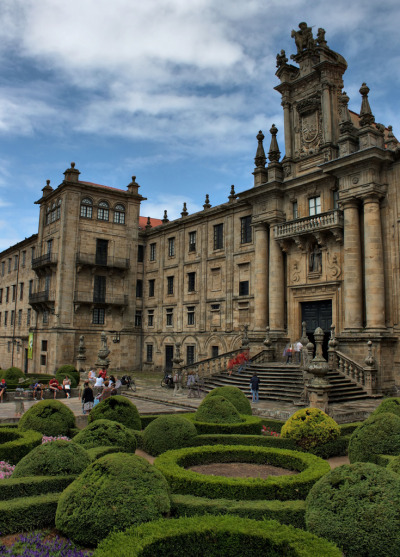
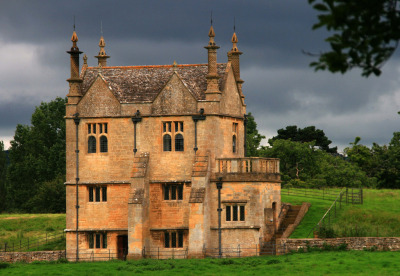

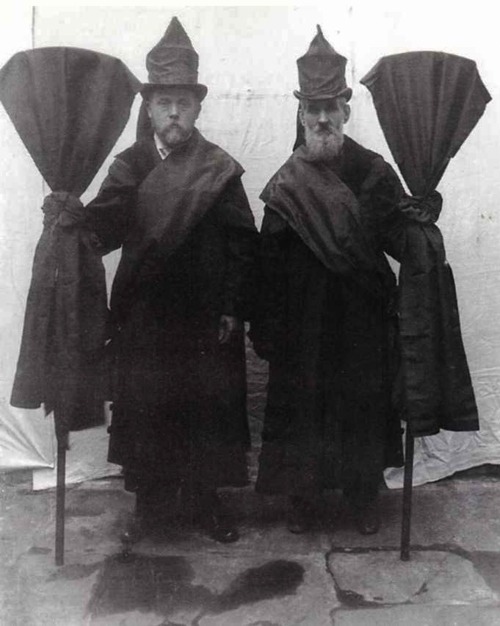


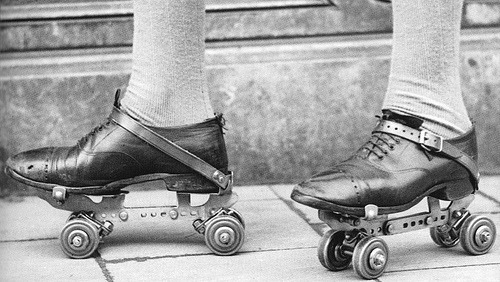
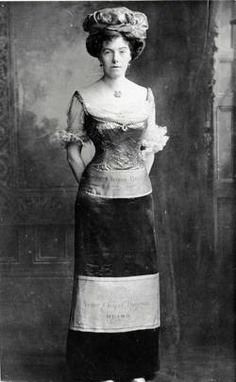
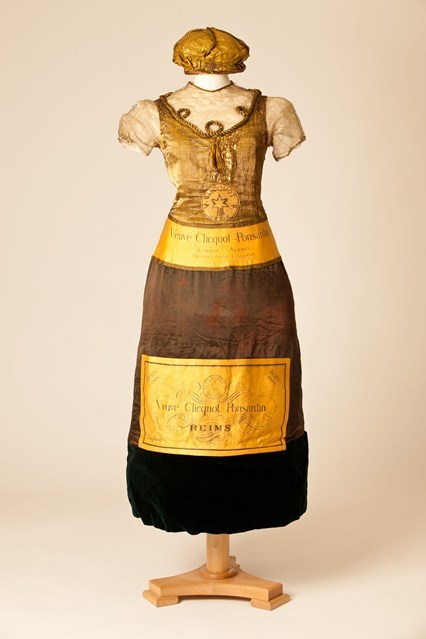
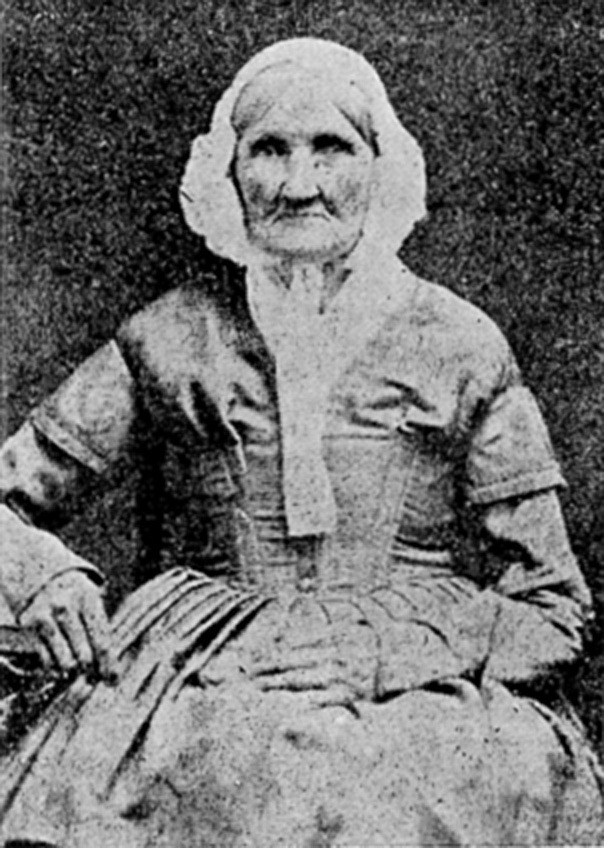
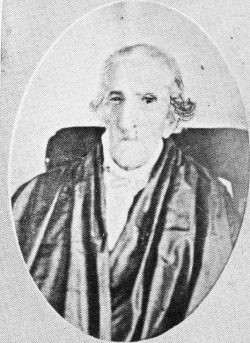
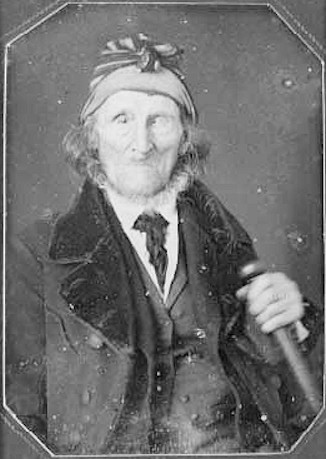
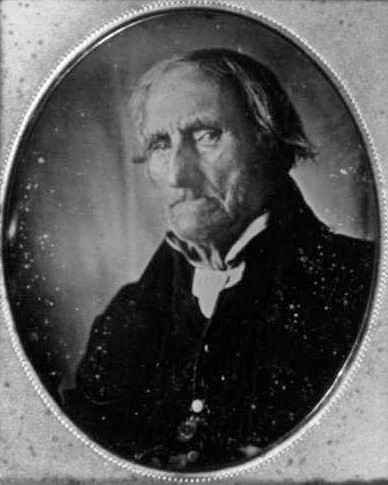
![fapoleon-bonerparte:
Laurel leaf from the laurel wreath used at the coronation of Napoleon I. Mounted in a box frame. Gold. Circa 1804. Martin-Guillaume Biennais (1764-1843).
[Source]](http://24.media.tumblr.com/22268ab5713a18eb58ed9d28abdd52c1/tumblr_ms5xj6sncz1rj88bfo1_1280.jpg)
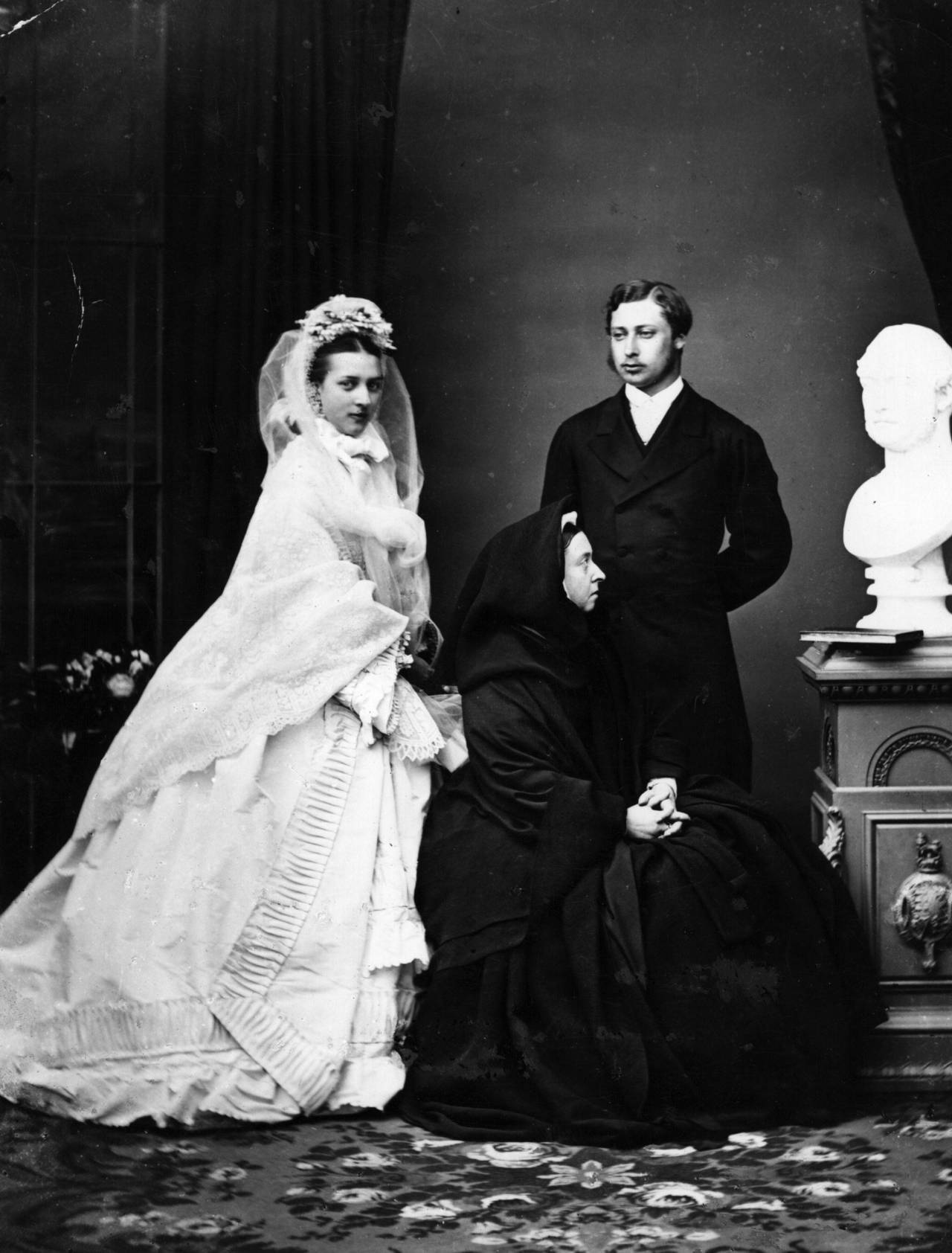


.jpg)


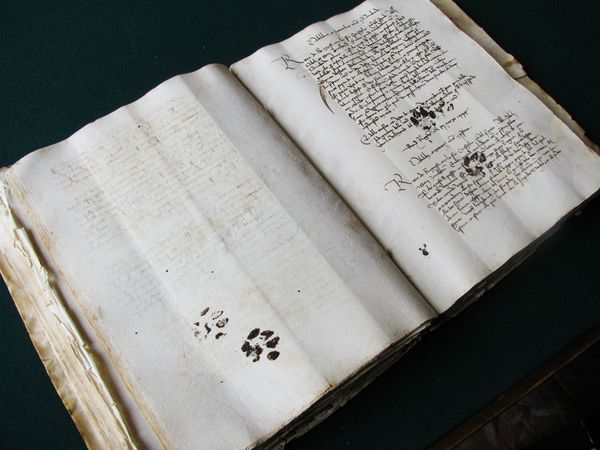

.jpg)
.jpg)
.jpg)


.jpg)
.jpg)
.png)